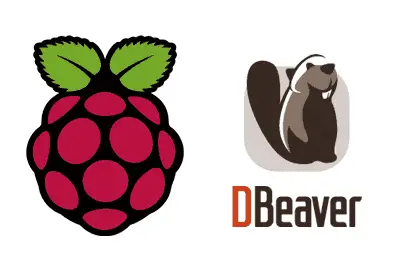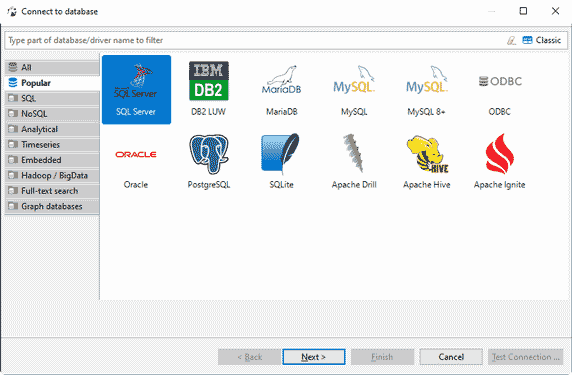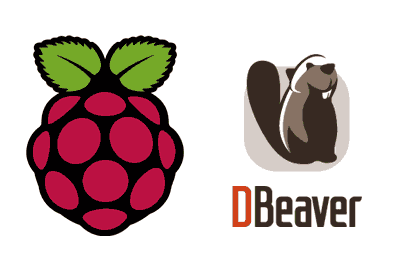In this post we will see how to install the MySQL/MariaDB client on a Debian-based operating system like Raspbian on Raspberry Pi.
In previous posts we have seen how to install a MySQL/MariaDB database and the popular web client PHPMyAdmin on Raspberry Pi. Although very popular, we already commented that PHPMyAdmin is not the only client that exists. On the contrary, we have many more options.
One of the most popular is DBeaver, an SQL client and a multi-platform database administration tool. It supports a large number of database types such as MySQL, PostgreSQL, SQLite, Oracle, DB2, SQL Server, among others.
DBeaver is a desktop application written in Java. The interface is pleasant and functional. It has commands to perform practically all the functions that you may ever need to perform in a database, in a simple way.

It has two types of licensing. The Community Edition (CE) is free and Open Source, and is distributed under the Apache license. There is also a commercial version that includes, among other features, compatibility with NoSQL databases.
To install DBeaver we simply have to download and run the installer for our operating system (in Debian in the case of Raspbian on Raspberry Pi) from the project’s download page at https://dbeaver.io/download/.
Once installed, we add the necessary data sources. In most databases, it will be necessary to install third-party drivers. Fortunately, DBeaver provides us with instructions and the link to install the drivers.

Once connected to the database, using DBeaver is very intuitive. The windows and menus are intuitive and powerful. It is easy to access the necessary functions and tools, such as creating/deleting/renaming databases or tables, performing queries, exporting queries, among many others.
In short, DBeaver is a very interesting and recommendable software if you are going to work regularly with databases on any operating system.
In the following Raspberry Pi tutorials where we use databases, we will regularly refer to DBeaver as the standard management and administration tool. If you haven’t already, take a look at this interesting tool!
